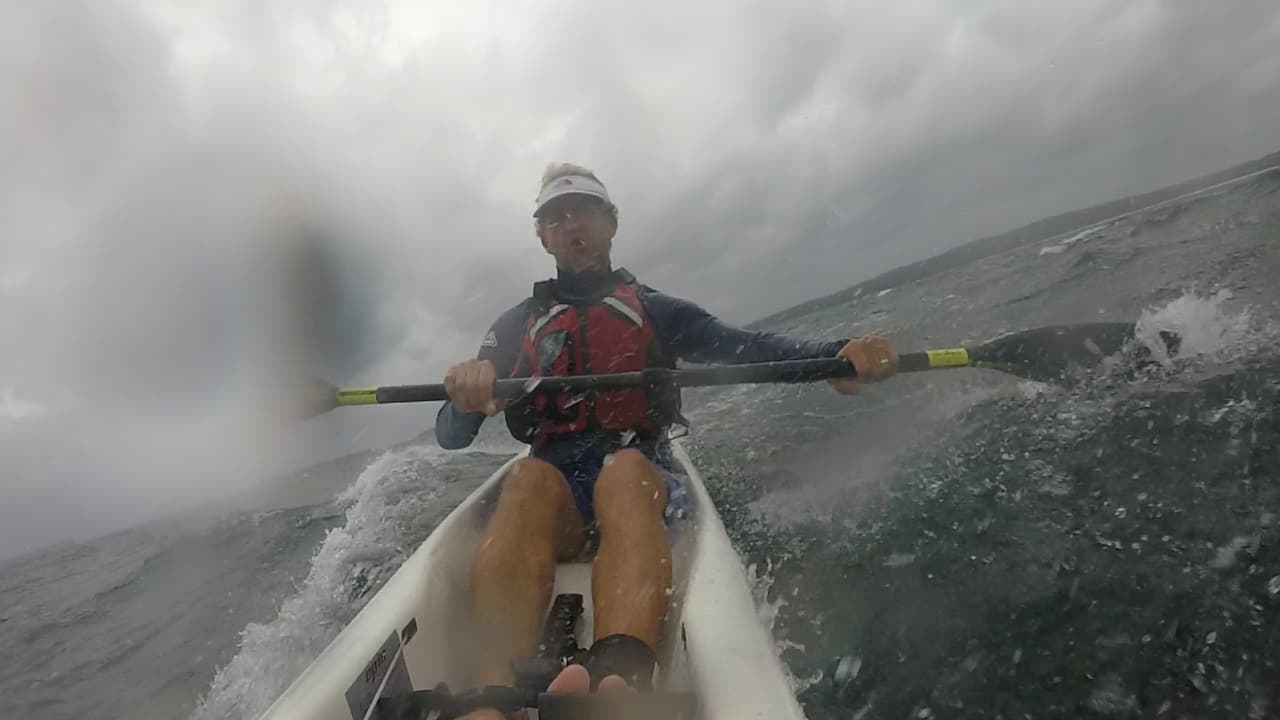Type 1 fun is the utter joy we get from some activities that are just fun in the moment. It feels effortless and we just don’t want it to end. People that ski on a powdery day know what this is all about, as do surfers etc. etc. If in doubt, have a look at kids playing with a hose on a hot summer’s afternoon. Sometimes I think we, as sea kayakers, get a little stuck in the mud in our boats and lean too far to Type 2 fun. We all know about this – it’s the fun that we only realise after we finish the activity. Anyone ever paddling for hours into a headwind or slugging it out on a long flat water paddle will know all about this!!!! Sure it’s character building when we look back at the experience, but I reckon we could all get a lot more out of our paddling if we mixed it up a little – keep it fresh, learn new skills and just have some more fun. So if you are getting a little stale with the same weekly paddle, read on….
Hit Some Small Surf
I know, this can be really intimidating and can sometimes drift into type 3 fun…….that is no fun at all. But if you pick the conditions and the place, small surf can be as good as it gets. I’ve had the best times of my paddling life in small 1-2 foot clean surf with my sea kayak. Once you get used to it and build up some skills, there is a realisation that small surf is really safe and you move from being a bit scared to loving every minute. In a sea kayak you can ride the waves all the way to the beach over and over again. If it’s really tiny, you can try surfing backwards or sideways. The skills that this develops are second to none. Edging, bracing, rudder strokes, balance in turbulent water, I can go on and on. It’s the best all round training ground you can find.
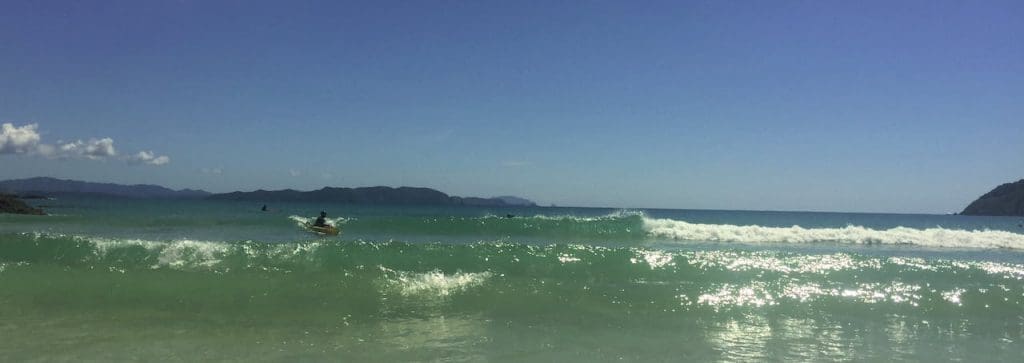
Find Some Structure
Ok, this may just be me…. and I am a paddling tragic….but I love finding a bit of an obstacle course to play with. Moored boats, marker buoys, jetties, rock gardens, floating debris – all of these features can be played with. If you see an opportunity to cut through a little rock garden and make a tight turn to get out the other side – have a go…. then do it backwards. Experiment combining different strokes such as bow rudders and draws with some edging to see just how maneuverable a sea kayak can be – and these skills translate beautifully into real world conditions – such as trying to turn into the wind. If I see a buoy bobbing around, I am going to see if I can use a side draw to slip into it, then have a go at doing a really tight turns around it, maybe a high brace combined with a draw stroke. If I am paddling past some closely moored boats, well I could simply paddle past them……..boring!! Or I can turn this into a slalom course and go from edge to edge to snake around them as tightly as possible. Many times I’ve enjoyed a fantastic hour’s paddle early in the morning and have not made it more than a few hundred metres from the launch site. There is just so much fun to be had running some obstacles forwards, backwards, sideways
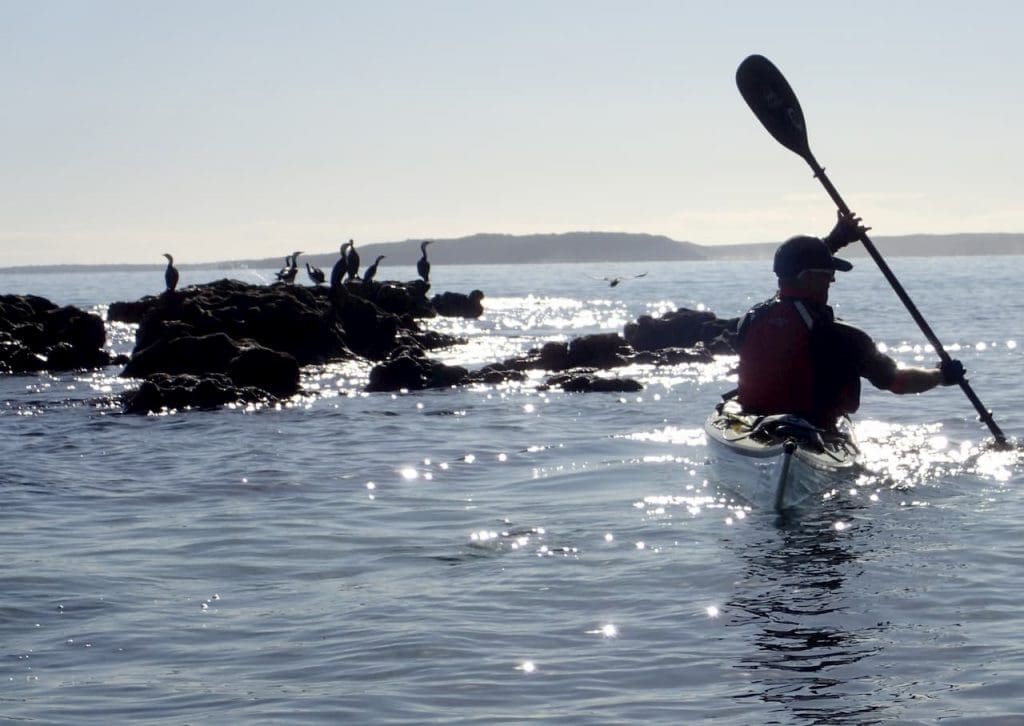
Follow the Runners Downwind
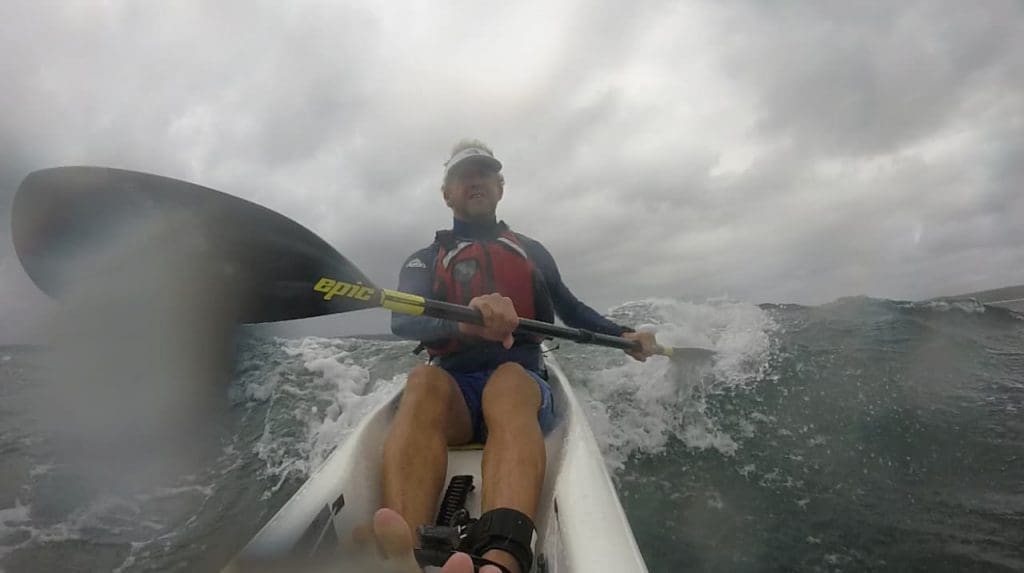
This again is one of my favorite pastimes. It can take place in a range of situations. From small windblown chop in moderate conditions to full on epic paddles with cresting long period ground swell in a near gale. Catching runners takes a bit of skill. It can be frustrating at first and it helps to have a fast kayak. But once you are on and careening down a little face, ploughing into the wave in front with sea spray flying everywhere and the world whizzing past, it can be highly addictive. The skills sneaking up on you here are fantastic. Not only balance and control, and great paddling fitness, but a fantastic sense of the environment and feel for the sea. You learn to read the sea state and weather conditions and become really tuned to find the best path to the next runner.
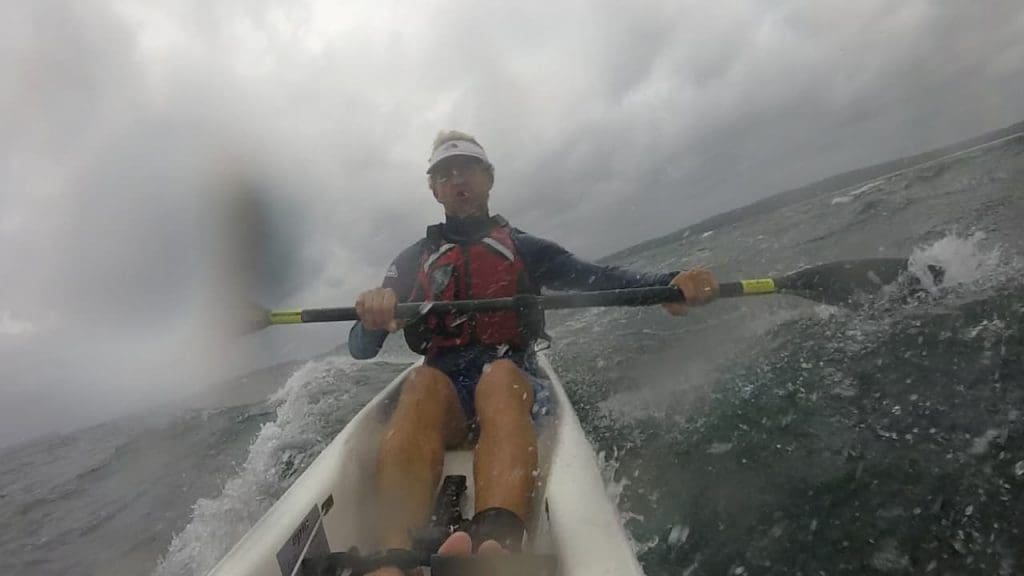
Embrace the Rebound
Paddling near cliffs and dealing with the dynamic sea state in this area can be something many paddlers avoid……..but I love it. The sea state is all over the place and if you fight it, you creep into Type 3 fun territory again. But if you relax and just go with the flow, it can be great fun. Catching little surges, bobbing around and responding to multi directional sea state can be really rewarding and fun and usually accompanies some dramatic landscapes. It teaches paddlers to relax in dynamic water and really helps when paddling in rough conditions.
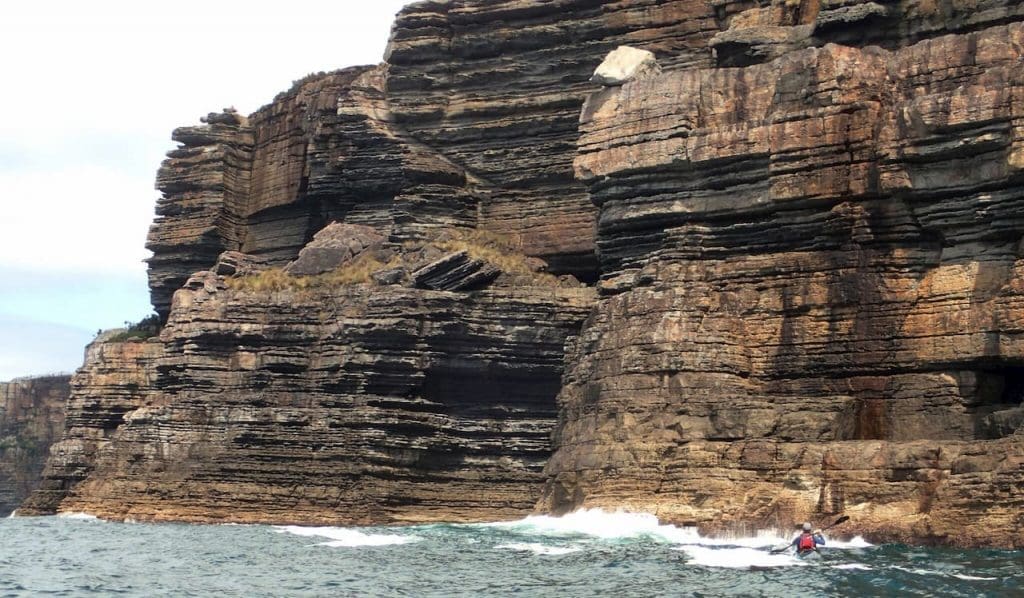
There we have it – a few ideas to break things up a little, have some fun and gain new skills. Try out some of the ideas above and I guarantee that you will broaden your paddling horizons, discover new skills (and muscles) surge in confidence and find some more fun in your paddling.


